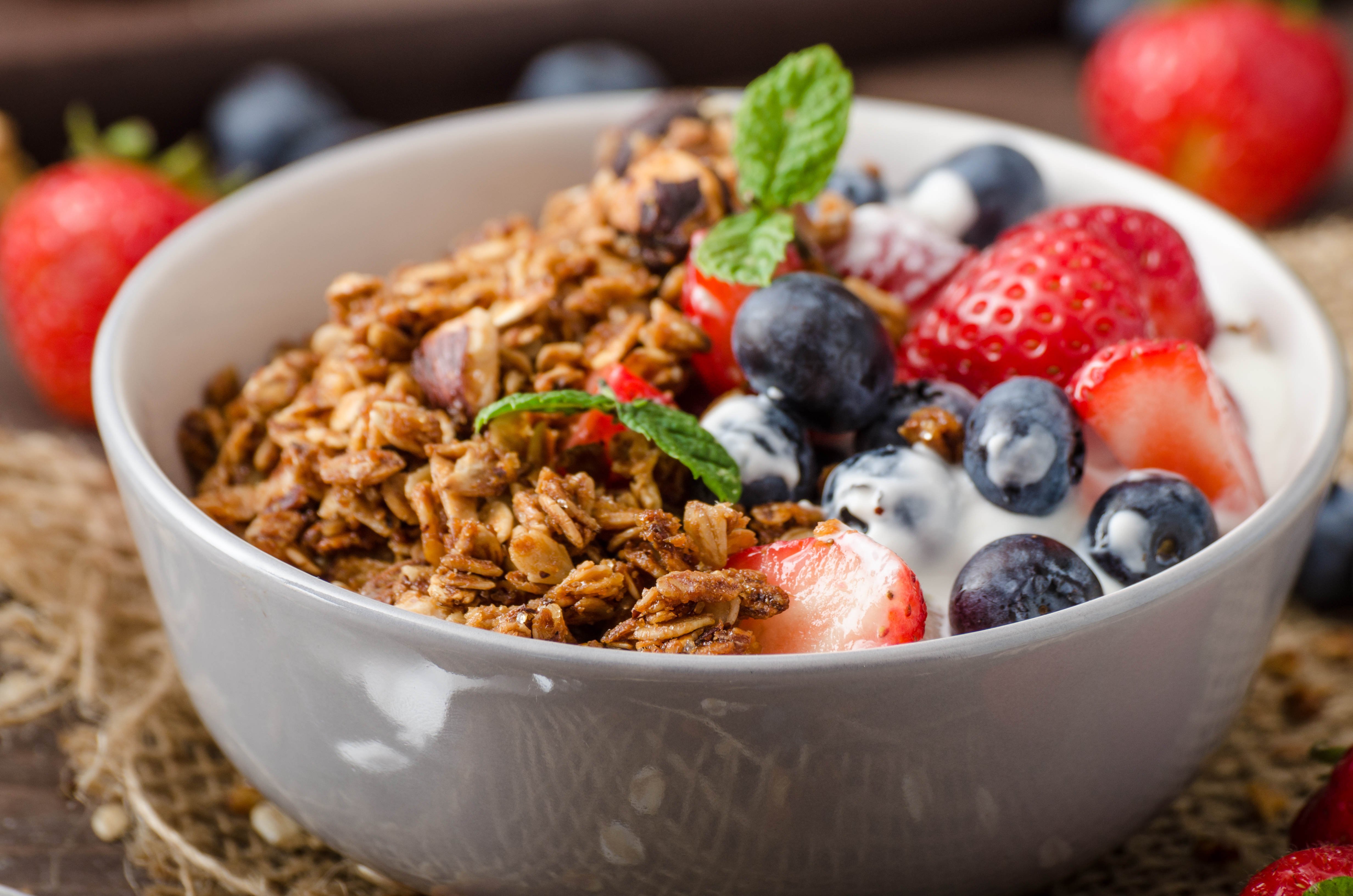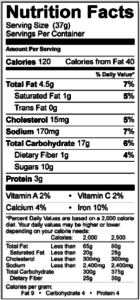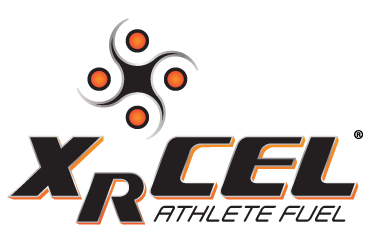
01 Jan What You Need to Know About How the Right Sugar (Carbohydrate) Impacts Energy Conversion and Athletic Performance Potential
Understanding Your Nutrition Needs
When choosing food and drinks, we must consider several things: Why are we consuming the food or drink (are we using it as a main meal, drinking or snacking between meals, quenching thirst or hunger after strenuous work or exercise, or preparing for strenuous work or exercise)? What are the nutritional components in the food or drink? Is this the right nutrition for our body at this time based on why we are consuming it? We need to be sure to choose the right food or drink at the right time and for the right purpose.
The energy needs and sources of energy, for an individual sitting on the couch watching TV, are very different than the needs of an individual at work, and certainly different than those of an individual who trains for and participates in athletic activities. Knowing what your body needs, how to select the right ingredients for the activity, and how to read the labels on the foods and drinks we buy will be very helpful to achieving the desired results.
What to Look For
To best assess the ingredients for a food or drink you are consuming, you should become familiar with how to read a “Nutrition Facts” label:
1. Check out the serving size and total number of servings in the container to determine what is considered a “typical” serving.
2. Look for the total number of calories per serving to determine the amount of calories you would take in if you consumed the amount in the serving size or if you, for instance, took in twice as much as the serving size. You should pay particular attention to the serving size to make sure you know how many calories you will be consuming and whether they are more or less than you intend.
3. Non-athletes and or athletes not in training should try to keep the amount of saturated fat and sodium, as low as possible. During a typical day, you should try to consume LESS than 11-13 grams of saturated fat, as little trans fat as possible and no more than 1500 milligrams of sodium. Athletes in training however should carefully monitor their sodium intake and loss. On average, athletes sweat 1200 mL per hour (400-1800 mL) of exercise, with the sodium content varying substantially from 115 mg-5000 mg per 1000 mL of sweat. That means an athlete who is a “salty sweater” (i.e., has a high amount of sodium in their sweat) may lose well in excess of the recommended daily intake of sodium. Low sodium levels, hyponatremia, may result in cramping, nausea, and confusion. Severe hyponatremia can result in seizures, coma, and death.
4. Make sure you get enough protein, vitamins, calcium and iron, as possible.
5. Check out the recommended % Daily Values so that you can minimize the amounts of nutrients that you want to keep as low as possible, (e.g., fats and sodium) and maximize the amounts of nutrients you want to consume more of (e.g., carbohydrates, protein, vitamins, calcium and iron).
Couch Potato v Pain Cave Dweller
If you are “couch sitting”, your energy needs can be handled primarily from stored fuel, such as fatty acids from our routine diet. Munching on cookies or other carbohydrates (carbs) and fat loaded snacks is not the best food when “couch sitting” since your energy needs are modest and these foods add calories that are “packed on” as weight. On the other hand if you are coming home from work and want to work out, or its after school and you have team practice, you will want to pick a food / drink that has the ingredients to supply the immediate energy you need for the activity. Protein is seldom used for energy production during exercise (they are best used after and in-between workouts) and fats are primarily used in low intensity exercise, particularly of long duration. Thus, carbohydrates are the primary source of energy during exercise. In this case, carbs, especially simple carbs are your best choice to get through the workout.
Just before or during exercise, you want to choose a food or drink that is easy to consume, readily converted into energy, low in fat and fiber and easy on the stomach (doesn’t cause stomach distress). Carbohydrates are the ideal energy source for this purpose. If chosen correctly, they are easy to consume, readily broken down into energy and easy on the stomach. You also want to choose carbs that are the most quickly and easily converted to energy. Glucose is the ideal carb for energy replenishment in that it is directly converted to energy and doesn’t require additional steps like fructose, sucrose, maltose, and galactose. If you want to use a glucose based product, XRCEL is an ideal choice because it utilizes both immediate and extended release glucose for fast acting and long lasting energy supply. So you need to read the labels closely to be sure you are getting the right fuel source. When you look at the labels, avoid foods or drinks that contain fat (should say 0% fat on the label). For pre-exercise and replenishment during exercise, you should also try to find products that contain little to no protein (less than 2-5%) but for recovery you may want a product with some protein to help build back muscle. Finally, check what type of carbohydrate is contained in the product. You will need to look in the ingredients section of the label for this information, it may not be readily apparent by simply reading the nutritional or supplement facts section of the label. If it says “glucose”, then you have chosen the most easily and readily convertible form of energy. XRCEL Athlete Fuel is the ideal source of glucose because it is the only glucose supplement that delivers both an immediate supply and an extended release supply of glucose allowing athletes to fuel quickly and stay fueled over a longer period time.
If carbohydrates (sugars) are our body’s primary source of energy, then how do they get converted to energy so easily and quickly? Of the sugars, glucose is most readily converted to energy. Once glucose crosses into the cells of your body through the stomach, it is immediately converted to glucose-6-phosphate and then to ATP, which is used by your body for muscle contraction. Fructose, sucrose and galactose are commonly incorporated into athletic supplements/energy drinks/formulations as sources of energy but require additional metabolic steps for conversion to energy, as opposed to glucose.
Post-training or competition, athletes require “re-fueling” to replaced depleted energy stores. Again, this requires carbohydrates that can be converted to glycogen and stored for the next training session or competition. Thus, it is important to take in carbohydrate supplementation pre-, during and post-exercise. Certainly, the consumption of too many carbohydrates without sufficient burning of calories (caloric intake exceeds caloric consumption) can result in weight gain and other issues, but carbohydrates are the key and primary energy source during athletic performances and must be stored, consumed and replaced. Post-training, one can also consider the use of proteins as part of the “re-fueling” process.
Though nutrition and supplement fact panels accurately list the ingredients, it is important to understand the role of each of the ingredients in providing nutrition to the body. If you are an athlete who is burning calories during training and competition, you will need more carbohydrates to replenish the reserves you have used during the exercise. A balanced diet containing carbohydrates, protein and some fats are necessary for preparing for a competition. For energy supplementation during the training or competition and immediately after, carbohydrate sources that are readily convertible to energy or energy stores, especially glucose, are most ideal. Matching the carbohydrate source with the situation will result in optimal performance.
Wrap up
Carbohydrates are necessary fuels for the body. Despite what the lay press may espouse, not all sugar is bad and in fact the right sugar at the right time is necessary for the provision and storage of energy for muscle and brain function.







No Comments